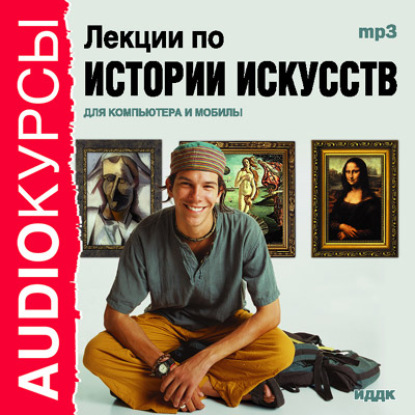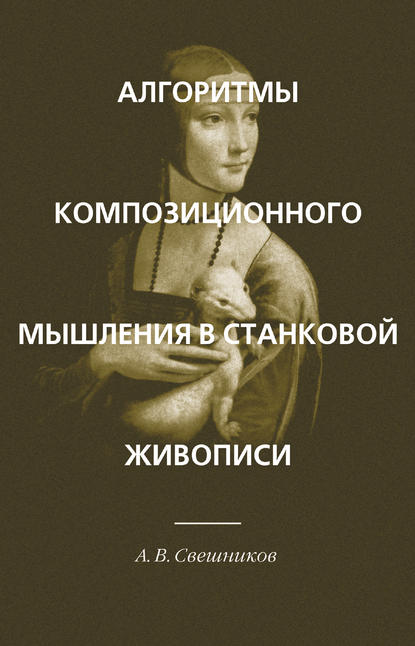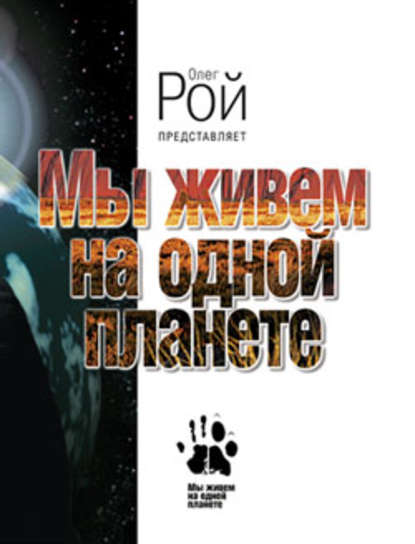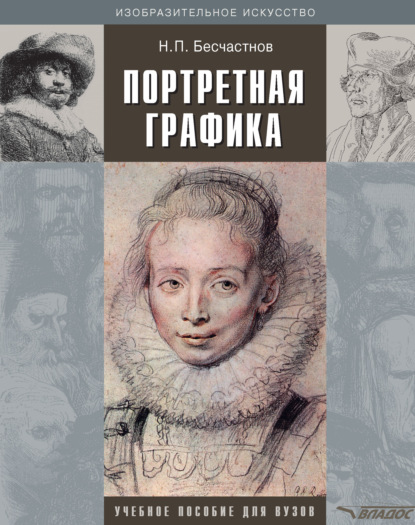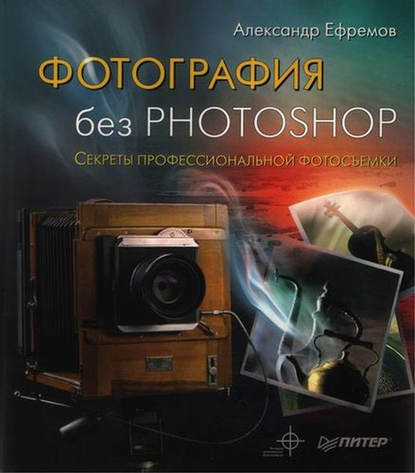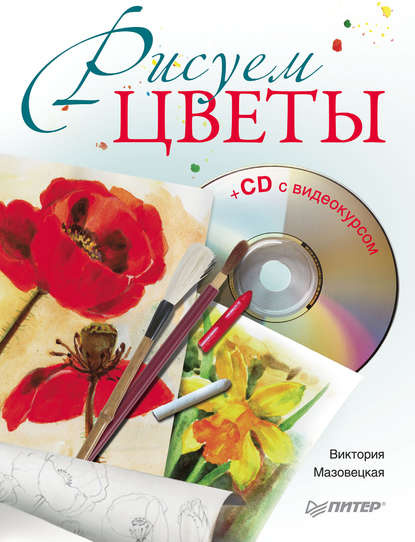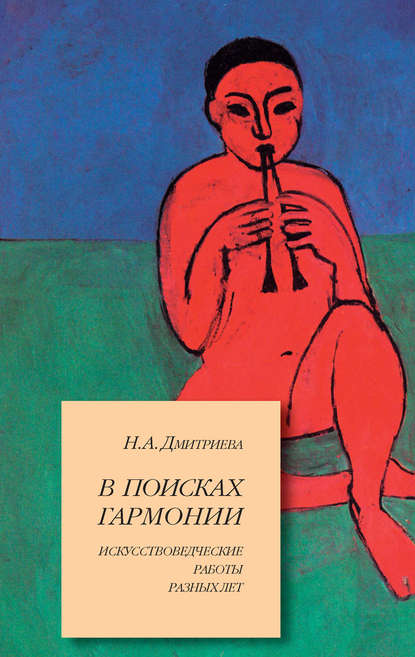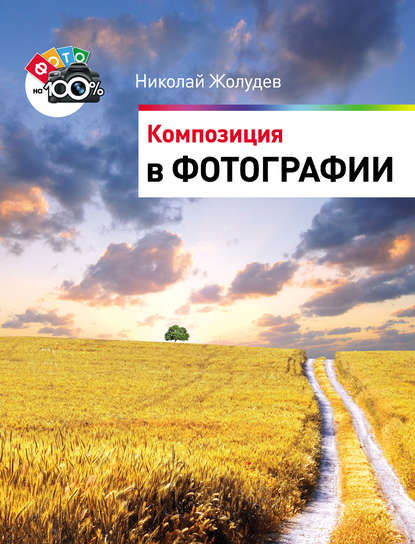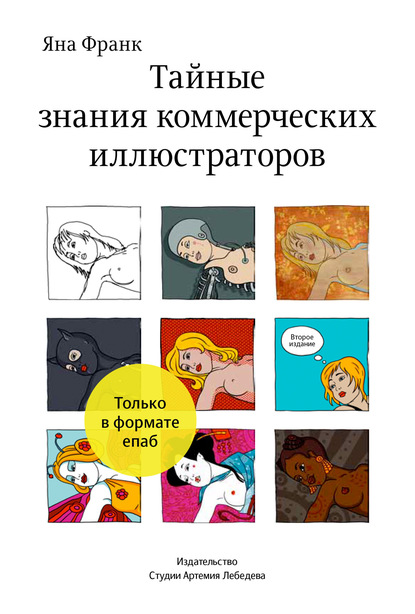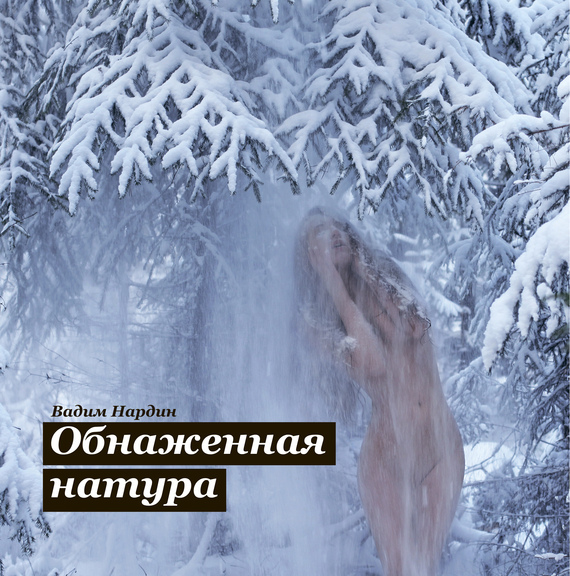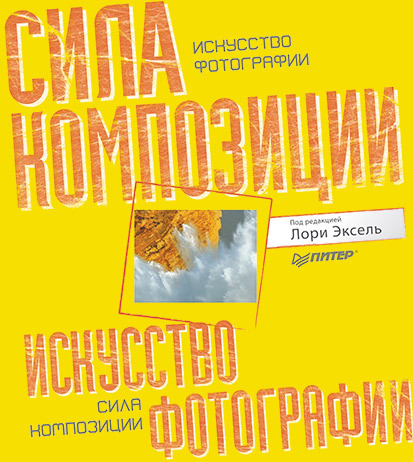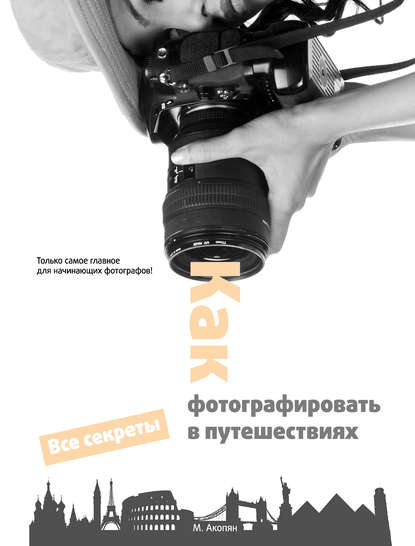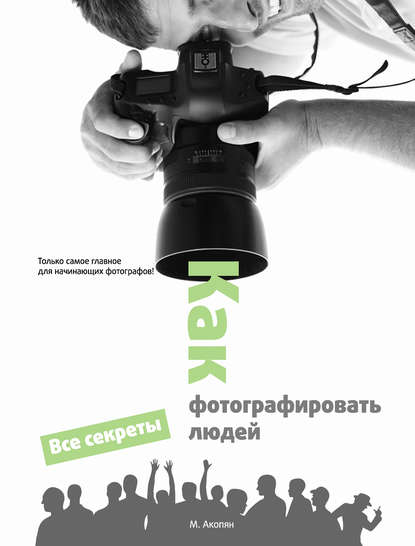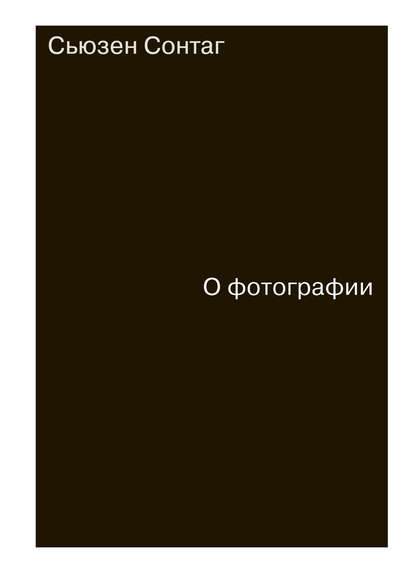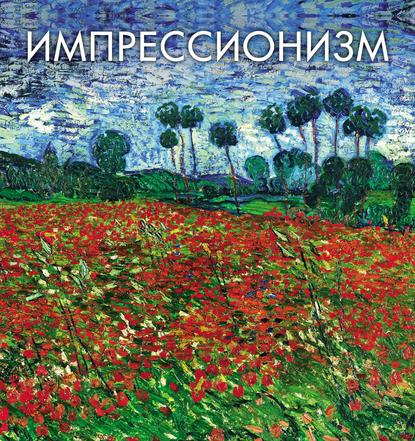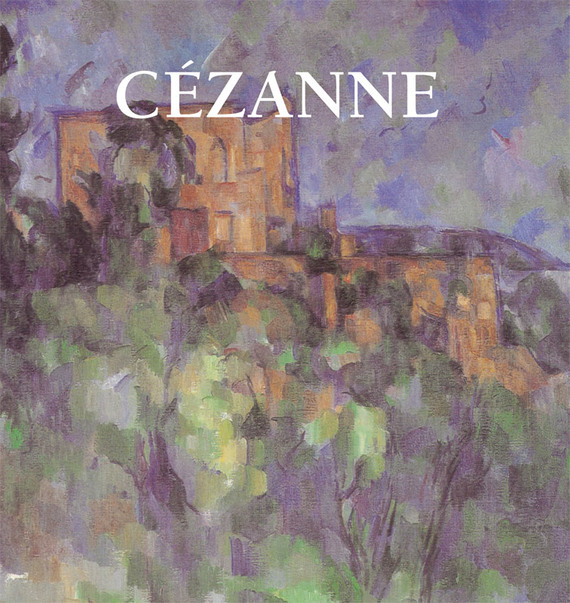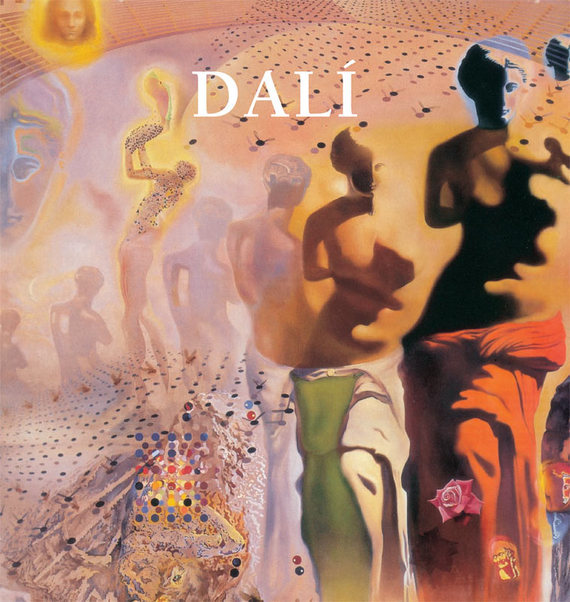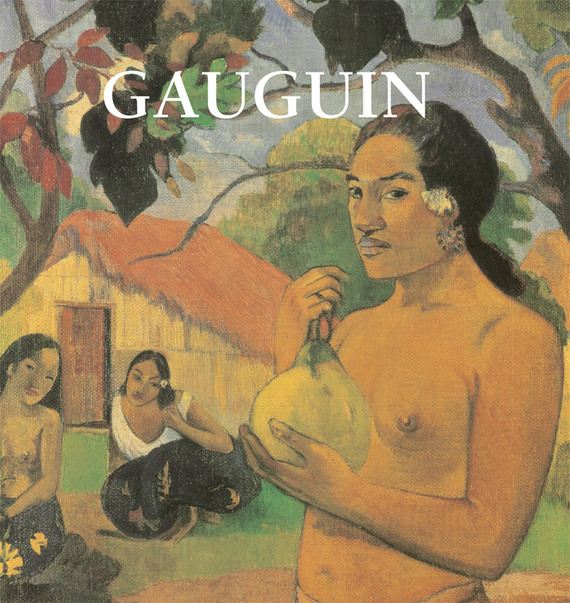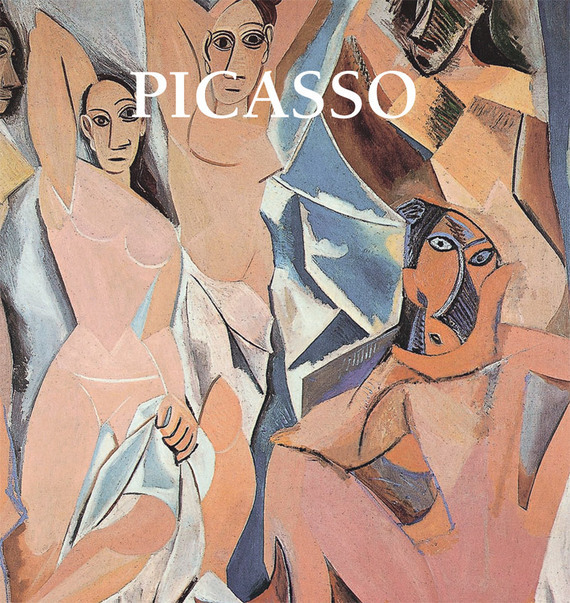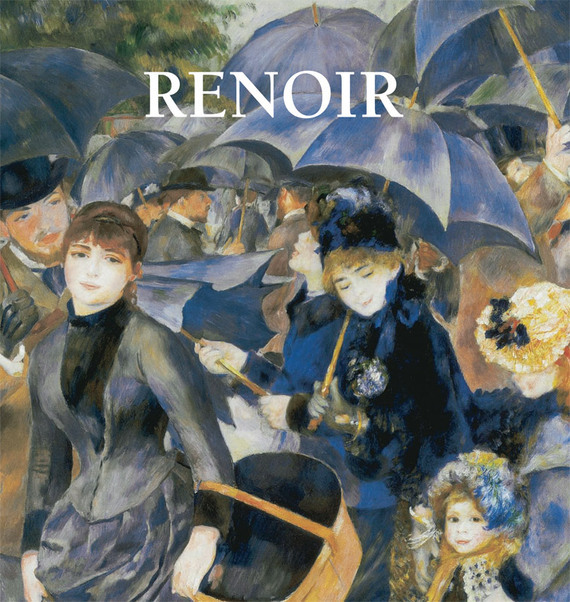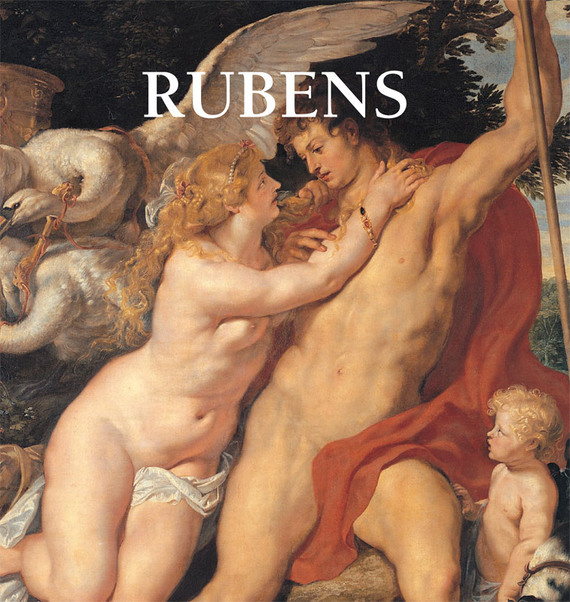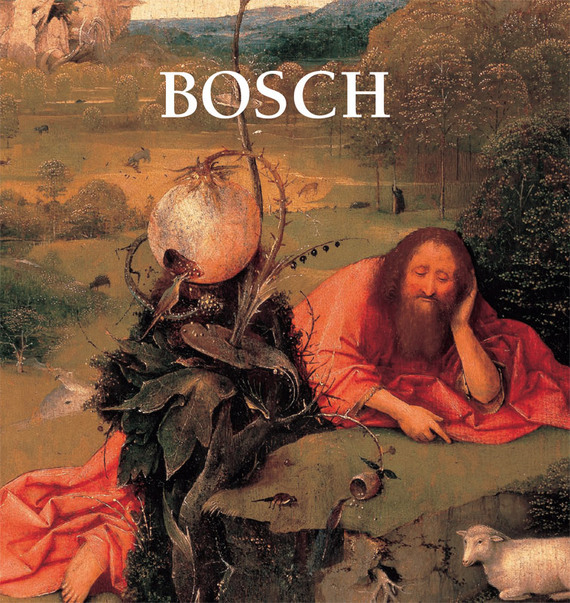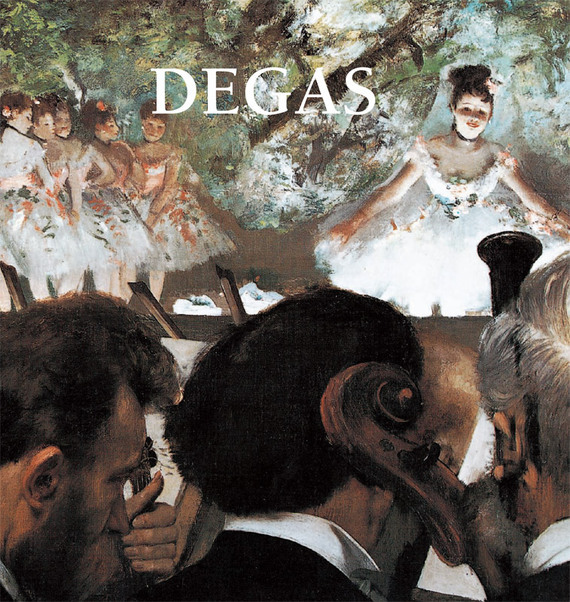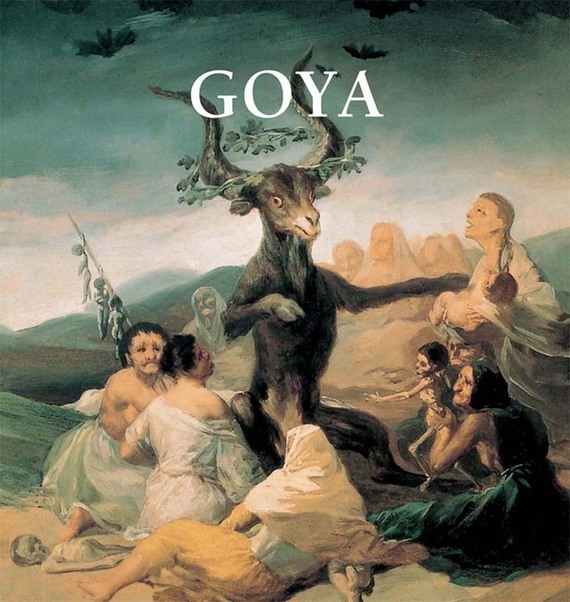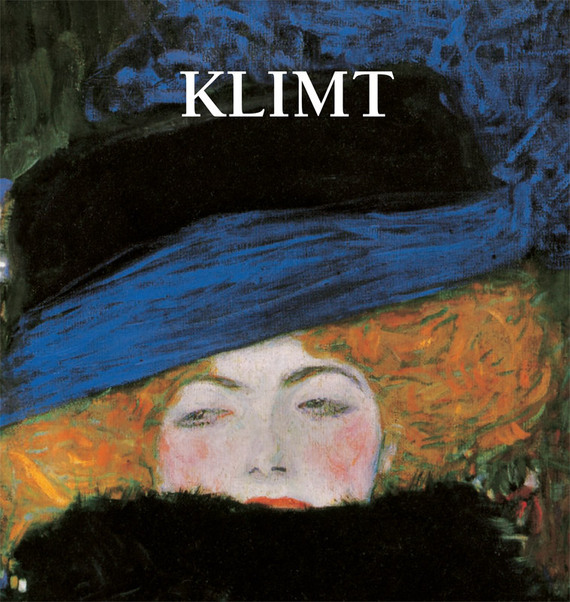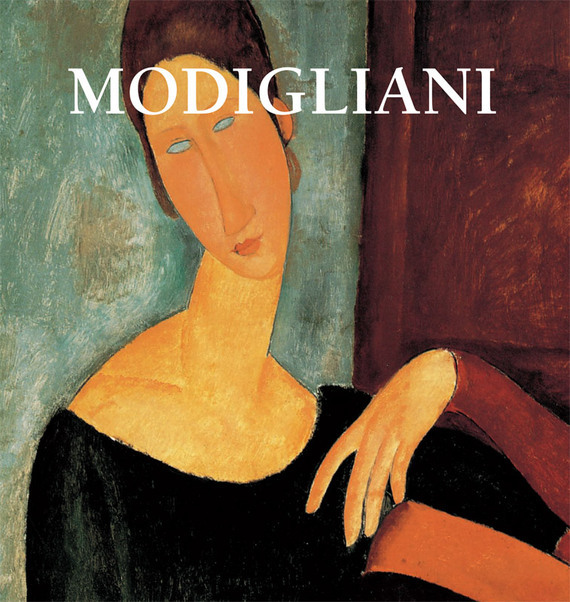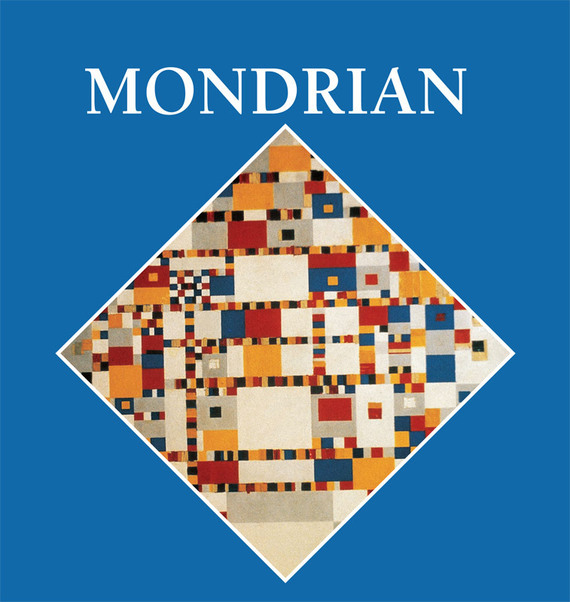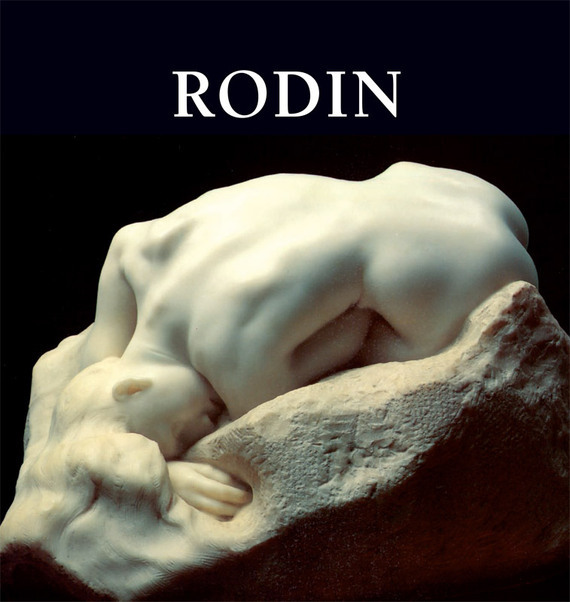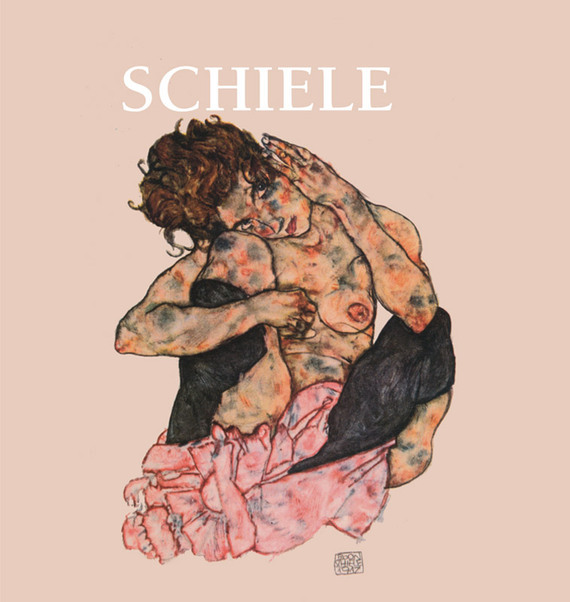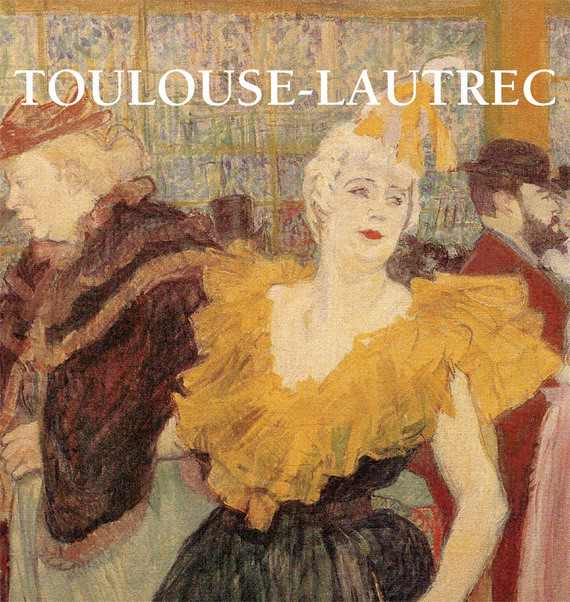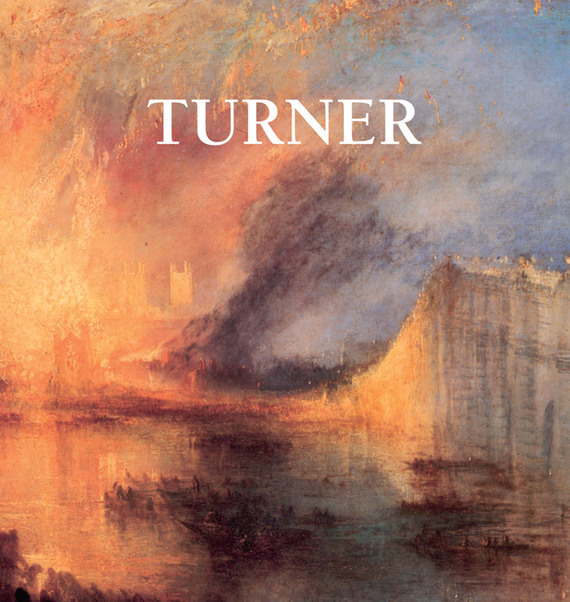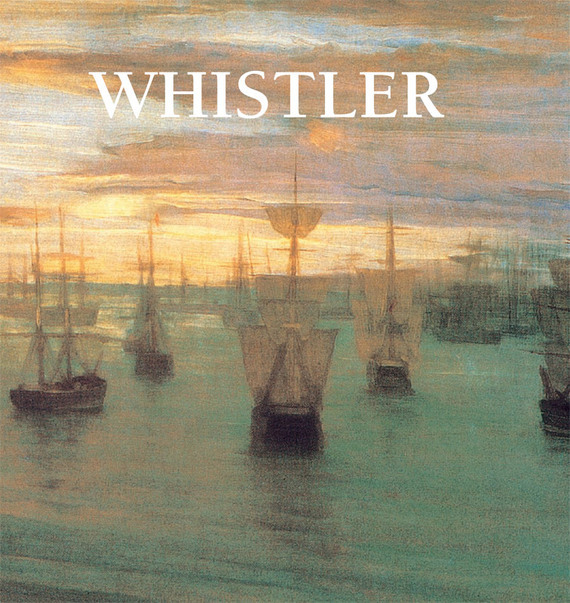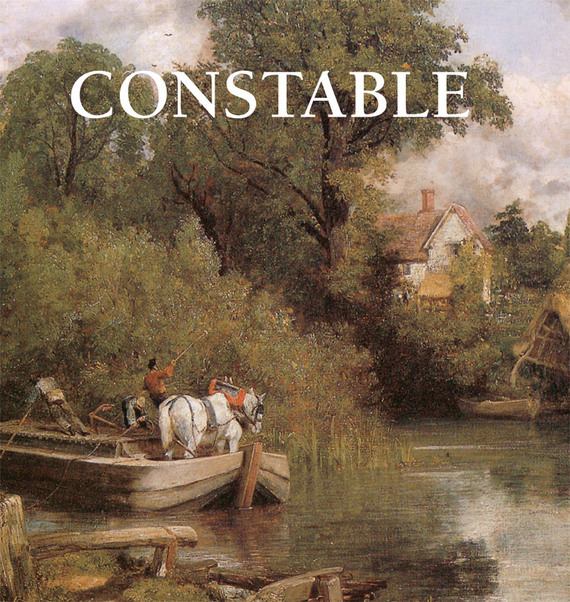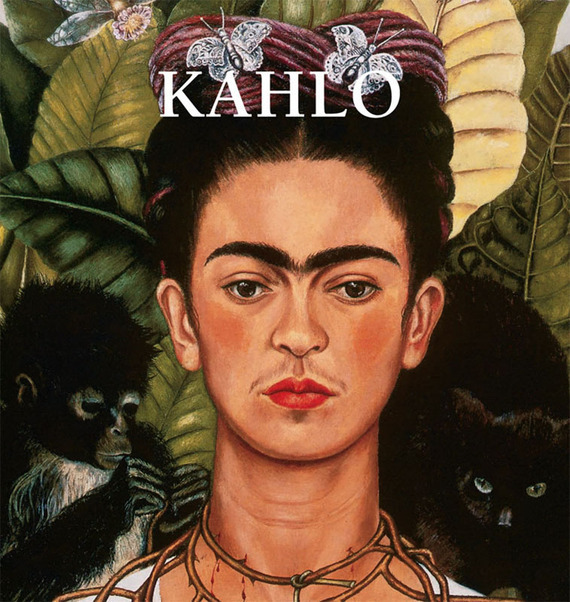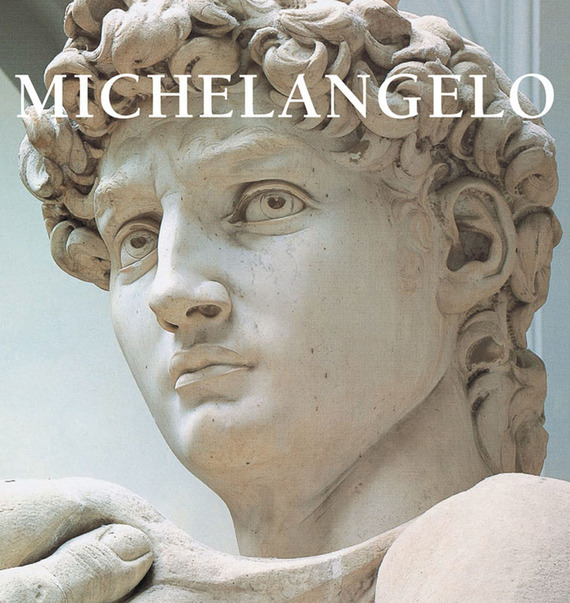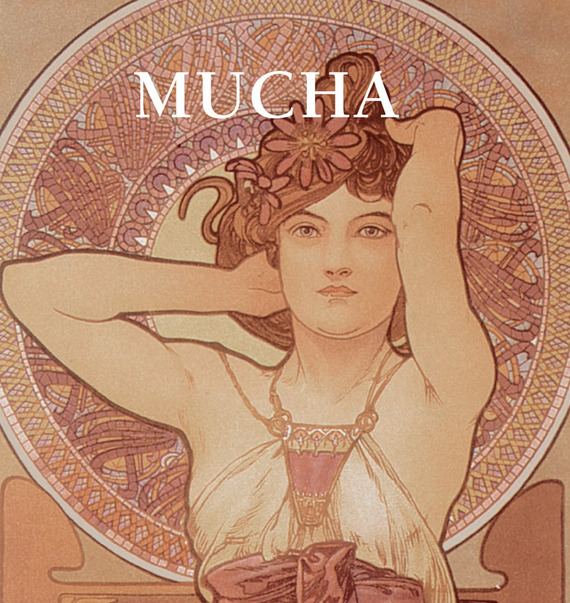Рубрикатор
-
-
Черновики
-
Бизнес-Книги
- Поиск работы, карьера
- Управление, подбор персонала
- Маркетинг, PR, реклама
- Банковское дело
- Ценные бумаги, инвестиции
- Бухучет, налогообложение, аудит
- ВЭД
- Экономика
- Отраслевые издания
- Корпоративная культура
- Личные финансы
- Недвижимость
- О бизнесе популярно
- Малый бизнес
- Делопроизводство
- Зарубежная деловая литература
- Фантастика
- Любовные романы
- Приключения
- Детские книги
- Наука, Образование
- Справочники
- Публицистика
- Религия
- Юмор
- Боевики
- Indo-European languages
- The arts
- Humanities
- Health & personal development
- Современная проза
- Зарубежная литература
- Фэнтези
- Искусство
- Книги по психологии
- Повести, рассказы
- Детективы
- Поэзия, Драматургия
- Компьютеры
- Дом, Семья
- Периодические издания
- Классика
-
Черновики
Изобразительное искусство, фотография
Курс основан на программе для Высших учебных заведений РФ. 01.Основы теории искусства. Виды, жанры, роды искусства 02.Первобытное искусство 03.Художественные традиции Индии 04.Художественная культура Китая...
В книге рассмотрены проблемы композиционного мышления, его зависимость от социальных процессов и индивидуальнопсихологических особенностей личности, связь с художественным воображением и фантазией,...
Земля – наш общий дом. И в течение всей своей жизни на планете человек пытался показать Природе, кто в этом доме хозяин. Мы, не задумываясь о будущем, не помнили о том, что пришли из матери-Земли и в неё же уйдём, как...
В учебном пособии рассмотрены основы теории, методики и практики графического изображения портрета применительно к задачам обучения будущих художников декоративно-прикладного искусства. Богатый иллюстративный...
Книга известного московского фотографа Александра Ефремова, члена Гильдии рекламных фотографов, Европейской ассоциации профессиональных фотографов и Союза фотохудожников России, посвящена различным приемам и...
Цветы – замечательный подарок, подходящий к любому торжеству и событию. А если изобразить их на бумаге или холсте? Необычные и запоминающиеся, приносящие радость и хорошее настроение, рассказывающие о ваших...
В сборник работ Нины Александровны Дмитриевой (1917–2003), выдающегося отечественного искусствоведа, лауреата Государственной премии РФ, включены статьи, мемуарные и публицистические тексты, которые наиболее ярко...
Как сделать фотографию интересной и выразительной, как подчеркнуть красоту и уникальность сюжета? Существуют ли правила создания выразительного снимка? Почему так важно правильно организовать съемку, выстроить...
Это книга о дизайнерах и для дизайнеров – откровенный разговор о наболевшем. Сначала она существовала в виде сетевого дневника, который для издания на бумаге был переписан и снабжен иллюстрациями. Яна Франк делится...
В этой книге Яна Франк рассказывает, как стать коммерческим иллюстратором, и раскрывает всю «кухню» этой работы: объясняет, с чего начать и куда стремиться, как составить портфолио, где найти клиентов и как с ними...
Фотография ню – это искусство на грани. Она должна не просто вызвать желание, но зацепить красотой линий тела, построением кадра, игрой света и тени, оригинальной идеей.
Альбом молодого фотографа Вадима Нардина –...
Одно из ключевых понятий в фотографии – композиция: искусство творческого расположения компонентов в кадре, умение увидеть будущий снимок глазами зрителя. Благодаря этой книге, написанной под редакцией известного...
«Чтобы привезти из путешествия хорошие фотографии, недостаточно взять с собой фотоаппарат, – утверждает автор книги Мариам Акопян. – Нужно научиться видеть то, что не замечают другие. Тогда просмотр ваших снимков...
Фотографировать людей – одна из самых востребованных задач в современной журнальной и рекламной фотографии и одна из самых сложных, поскольку нет четких правил съемки. Автор этого справочника для начинающих...
Коллекция эссе Сьюзен Сонтаг «О фотографии» впервые увидела свет в виде серии очерков, опубликованных в New York Review of Books между 1973 и 1977 годами. В книге, сделавшей ее знаменитой, Сонтаг приходит к выводу, что широкое...
В этом издании собраны лучшие картины импрессионистов, в том числе полотна периода становления стиля и произведения постимпрессионизма, во всем многообразии жанров живописи одного из главных направлений в...
Since his death 200 years ago, C?zanne has become the most famous painter of the nineteenth century. He was born in Aix-en-Provence in 1839 and the happiest period of his life was his early youth in Provence, in company with Emile Zol?, another Italian. Following Zol?’s example, C?zanne went to Paris in his twenty-first year.
During the Franco-Prussian war he deserted the military,...
Painter, designer, creator of bizarre objects, author and film maker, Dal? became the most famous of the Surrealists. Bu?uel, Lorca, Picasso and Breton all had a great influence on his career. Dal?'s film, An Andalusian Dog, produced with Bu?uel, marked his official entry into the tightly-knit group of Parisian Surrealists, where he met Gala, the woman who became his lifelong companion and his...
Paul Gauguin was first a sailor, then a successful stockbroker in Paris. In 1874 he began to paint at weekends as a Sunday painter. Nine years later, after a stock-market crash, he felt confident of his ability to earn a living for his family by painting and he resigned his position and took up the painter’s brush full time. Following the lead of C?zanne, Gauguin painted still-lifes from the...
For Claude Monet the designation ‘impressionist’ always remained a source of pride. In spite of all the things critics have written about his work, Monet continued to be a true impressionist to the end of his very long life. He was so by deep conviction, and for his Impressionism he may have sacrificed many other opportunities that his enormous talent held out to him. Monet did not paint...
Picasso was born a Spaniard and, so they say, began to draw before he could speak. As an infant he was instinctively attracted to artist’s tools. In early childhood he could spend hours in happy concentration drawing spirals with a sense and meaning known only to himself. At other times, shunning children’s games, he traced his first pictures in the sand. This early self-expression held...
Rembrandt is completely mysterious in his spirit, his character, his life, his work and his method of painting. What we can divine of his essential nature comes through his painting and the trivial or tragic incidents of his unfortunate life; his penchant for ostentatious living forced him to declare bankruptcy. His misfortunes are not entirely explicable, and his oeuvre reflects disturbing...
Pierre-Auguste Renoir was born in Limoges on 25 February 1841. In 1854, the boy’s parents took him from school and found a place for him in the L?vy brothers’ workshop, where he was to learn to paint porcelain. Renoir’s younger brother Edmond had this to say this about the move: “From what he drew in charcoal on the walls, they concluded that he had the ability for an artist’s...
The eclectic art of which the Carracci family dreamed was realised by Rubens with the ease of genius. However, the problem was much more complicated for a man of the north, who wished to add to it a fusion of the Flemish and Latin spirits, of which the rather pedantic attempts of Romanism had illustrated the difficulties. He achieved it without losing anything of his overflowing personality,...
Vincent van Gogh’s life and work are so intertwined that it is hardly possible to observe one without thinking of the other. Van Gogh has indeed become the incarnation of the suffering, misunderstood martyr of modern art, the emblem of the artist as an outsider. An article, published in 1890, gave details about van Gogh’s illness. The author of the article saw the painter as “a terrible...
Hieronymus Bosch was painting frightening, yet vaguely likable monsters long before computer games were ever invented, often including a touch of humour. His works are assertive statements about the mental illness that befalls any man who abandons the teachings of Christ. With a life that spanned from 1450 to 1516, Bosch experienced the drama of the highly charged Renaissance and its wars of...
Degas was closest to Renoir in the impressionist’s circle, for both favoured the animated Parisian life of their day as a motif in their paintings. Degas did not attend Gleyre’s studio; most likely he first met the future impressionists at the Caf? Guerbois. He started his apprenticeship in 1853 at the studio of Louis-Ernest Barrias and, beginning in 1854, studied under Louis Lamothe, who...
Goya is perhaps the most approachable of painters. His art, like his life, is an open book. He concealed nothing from his contemporaries, and offered his art to them with the same frankness. The entrance to his world is not barricaded with technical difficulties. He proved that if a man has the capacity to live and multiply his experiences, to fight and work, he can produce great art without...
“I am not interested in myself as a subject for painting, but in others, particularly women…”Beautiful, sensuous and above all erotic, Gustav Klimt’s paintings speak of a world of opulence and leisure, which seems aeons away from the harsh, post-modern environment we live in now. The subjects he treats – allegories, portraits, landscapes and erotic figures – contain virtually no...
Modigliani (1884-1920) was a painter of great unhappiness in his native Italy and felt only sorrow in his adopted country of France. Out of this discontent came forth Modigliani’s original work, which was influenced by African art, the Cubists, and drunken nights in Montparnasse.
His portrayal of women—sensual bodies, almost aggressive nudity, and mysterious faces—expresses their...
Piet Mondrian (1872-1944), who can be assigned to the school of classical modernism, was born in Amersfort, Netherlands. After studying in Amsterdam, he started his artist?s career in the impressionist style as a figure and landscape painter. His works from these years showed the influence of Vincent Van Gogh (1853-1890) and of Fauvism, a French school from the beginning of the 20th century....
Influenced by the masters of Antiquity, the genius of Michelangelo and Baroque sculpture, particularly of Bernini, Auguste Rodin (1840-1917) is one of the most renowned artists in history. Though Rodin is considered a founder of modern sculpture, he did not set out to critique past classical traditions. Many of his sculptures were criticised and considered controversial because of their...
Egon Schiele’s work is so distinctive that it resists categorisation. Admitted to the Vienna Academy of Fine Arts at just sixteen, he was an extraordinarily precocious artist, whose consummate skill in the manipulation of line, above all, lent a taut expressivity to all his work. Profoundly convinced of his own significance as an artist, Schiele achieved more in his abruptly curtailed youth...
Lautrec studied with two of the most admired academic painters of the day, L?on Bonnat and Fernand Cormon. Lautrec’s time in the studios of Bonnat and Cormon had the advantage of introducing him to the nude as a subject. At that time life-drawing of the nude was the basis of all academic art training in nineteenth-century Paris. While still a student, Lautrec began to explore Parisian...
At fifteen, Turner was already exhibiting View of Lambeth. He soon acquired the reputation of an immensely clever watercolourist. A disciple of Girtin and Cozens, he showed in his choice and presentation of theme a picturesque imagination which seemed to mark him out for a brilliant career as an illustrator. He travelled, first in his native land and then on several occasions in France, the...
Whistler suddenly shot to fame like a meteor at a crucial moment in the history of art, a field in which he was a pioneer. Like the impressionists, with whom he sided, he wanted to impose his own ideas. Whistler’s work can be divided into four periods. The first may be called a period of research in which he was influenced by the Realism of Gustave Courbet and by Japanese art. Whistler then...
John Constable was the first English landscape painter to take no lessons from the Dutch. He is rather indebted to the landscapes of Rubens, but his real model was Gainsborough, whose landscapes, with great trees planted in well-balanced masses on land sloping upwards towards the frame, have a rhythm often found in Rubens. Constable’s originality does not lie in his choice of subjects, which...
Behind Frida Kahlo’s portraits, lies the story of both her life and work. It is precisely this combination that draws the reader in. Frida’s work is a record of her life, and rarely can we learn so much about an artist from what she records inside the picture frame. Frida Kahlo truly is Mexico’s gift to the history of art. She was just eighteen years old when a terrible bus accident...
Michelangelo, like Leonardo, was a man of many talents; sculptor, architect, painter and poet, he made the apotheosis of muscular movement, which to him was the physical manifestation of passion. He moulded his draughtsmanship, bent it, twisted it, and stretched it to the extreme limits of possibility. There are not any landscapes in Michelangelo's painting. All the emotions, all the passions,...
Born in 1860 in a small Czech town, Alphonse Mucha (1860-1939) was an artist on the forefront of Art Nouveau, the modernist movement that swept Paris in the 1910s, marking a return to the simplicity of natural forms, and changing the world of art and design forever. In fact, Art Nouveau was known to insiders as the “Mucha style” for the legions of imitators who adapted the master’s...


